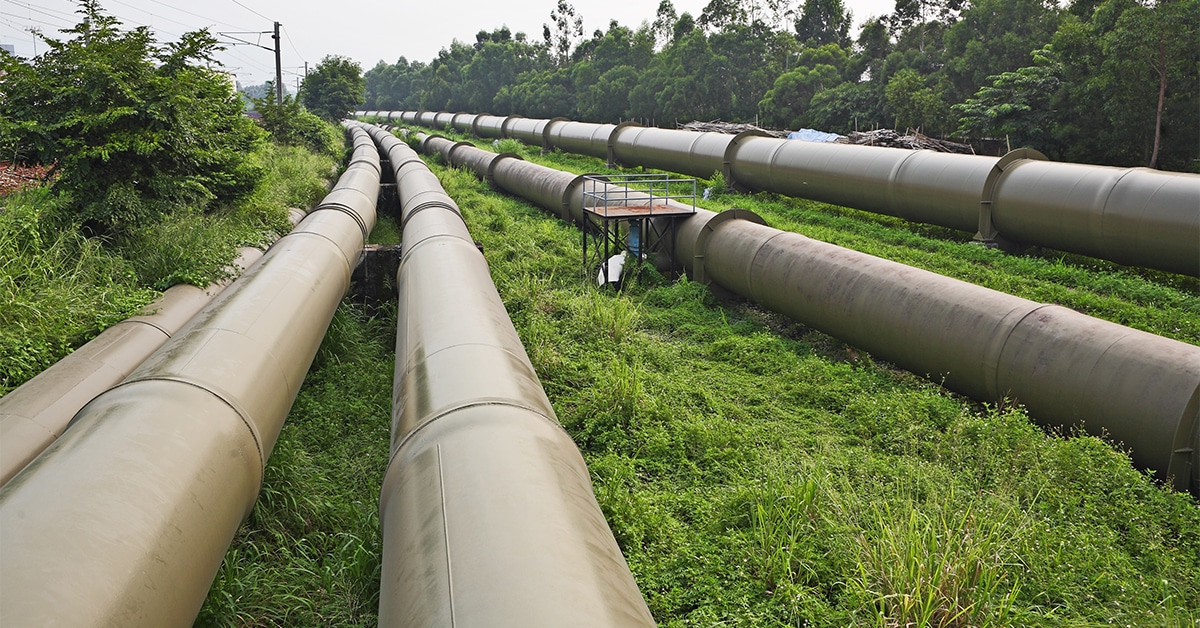Operating Demand-Pull Lateral Pipelines for Increasing Natural Gas Demand for a Growing World

Pipelines are the safest and most cost-effective method of transporting natural gas from a source to the location where it is used. Demand-pull lateral pipelines allow the customer to consume natural gas from the main pipeline based on the current customer on-demand energy needs.
This allows the customers’ demand for natural gas to drive the supply requirements, instead of the pipeline transporting a certain level of supply for use, regardless of the specific demands, as is the case in production-push pipelines.
Modern infrastructure includes the use of natural gas storage, as well as pipeline “line pack” in the pipeline as ways of storing extra gas so that an adequate supply of the resource is available when the demand increases.
This article will provide insights into what demand-driven pipelines are and how they would better serve a growing world.
Understanding Demand-Pull Lateral Pipeline Systems
For natural gas, demand-pull lateral pipeline systems significantly streamline the process of supplying natural gas, because the customers’ natural gas consumption automatically controls the amount of gas supplied to the customer via the pipeline system. Within the supply of natural gas via gas transmission pipelines to local distribution systems specifically, as certain areas grow, the transmission system will be able to analyze which areas along the pipeline need to pull a larger amount of natural gas based on the current demand and system pressures. In this way, demand-pull pipeline systems take into account variations in demand between geographic locations, population changes (increases or decreases) over time, industrial demand growth, etc…
Benefits of Demand-Driven Pipelines:
The benefit of demand-pull transmission pipeline systems are that they serve the needs of gas markets (industrial facilities, power generators, local distribution companies, etc..) and focus on understanding those customer sectors’ unique set of needs, rather than focusing on simply the source of gas supply and ensuring that volume of natural gas is placed in the market. Rather, demand-pull pipeline systems are generally customized for customers in these market segments and are generally serve a single customer for a given demand-pull pipeline lateral. This is contrasted with production push gas transmission systems, which serve multiple gas producers with a single transmission pipeline system.
In addition, natural gas customers may reserve and pay for pipeline system capacity to accommodate their peak demand needs, while only utilizing a portion of their pipeline capacity at a given point in time, based on local demand.
Key Factors in Efficient Operation
To maintain strong relationships with customers and provide for their energy needs, natural gas pipelines must be able to provide flow assurance. This is paramount and is part of the design process, and the pipeline operations and maintenance plans.
Another element of assuring gas flow is conducting all preventative maintenance on a regular basis, as recommended by operational assurance plans, and original equipment manufacturer guidelines. Downtime, if any, should be conducted during a low to no-use period, particularly when repairs are required to address usual wear and tear. Regular maintenance is essential to eliminating disruptions.
FAQs about Operating Demand-Pull Natural Gas Transmission Pipelines
The following may help with answers to several commonly asked questions about operating demand-pull pipeline systems.
What part of the value chain do demand-pull natural gas transmission pipelines serve, and why is this different from pipelines that serve other parts of the value chain?
Demand-pull natural gas transmission pipelines are located downstream of natural gas gathering and processing (which serve exploration and production operators), and downstream of interstate or intrastate natural gas pipeline systems that serve production basin gas takeaway. Demand-pull natural gas transmission link large-diameter gas transmission directly to the power plant, industrial gas consumers, and/or local distribution company (LDC) serving its diverse customer load.
What materials are commonly used in gas transmission pipelines?
Modern-day gas transmission pipelines are made of high-tensile strength carbon steel. Pipeline segments, either 40 or 80 feet in length, are welded together to form the transmission pipeline. Gas transmission pipelines are also coated externally to protect them from any external corrosion, and buried a minimum of 3 feet below the ground, in order to protect them from external damage.
How does the system adjust to increased demands?
Located at customer delivery locations, gas metering and flow regulation stations are the last point in the gas transmission system that delivers natural gas to pipeline customers, and are generally designed to monitor the pressure downstream of the regulation stations. Maintaining a consistent delivery pressure downstream of the regulation stations, allows the flow rate to vary, allowing the customer to consume natural gas at the customer’s needs.
